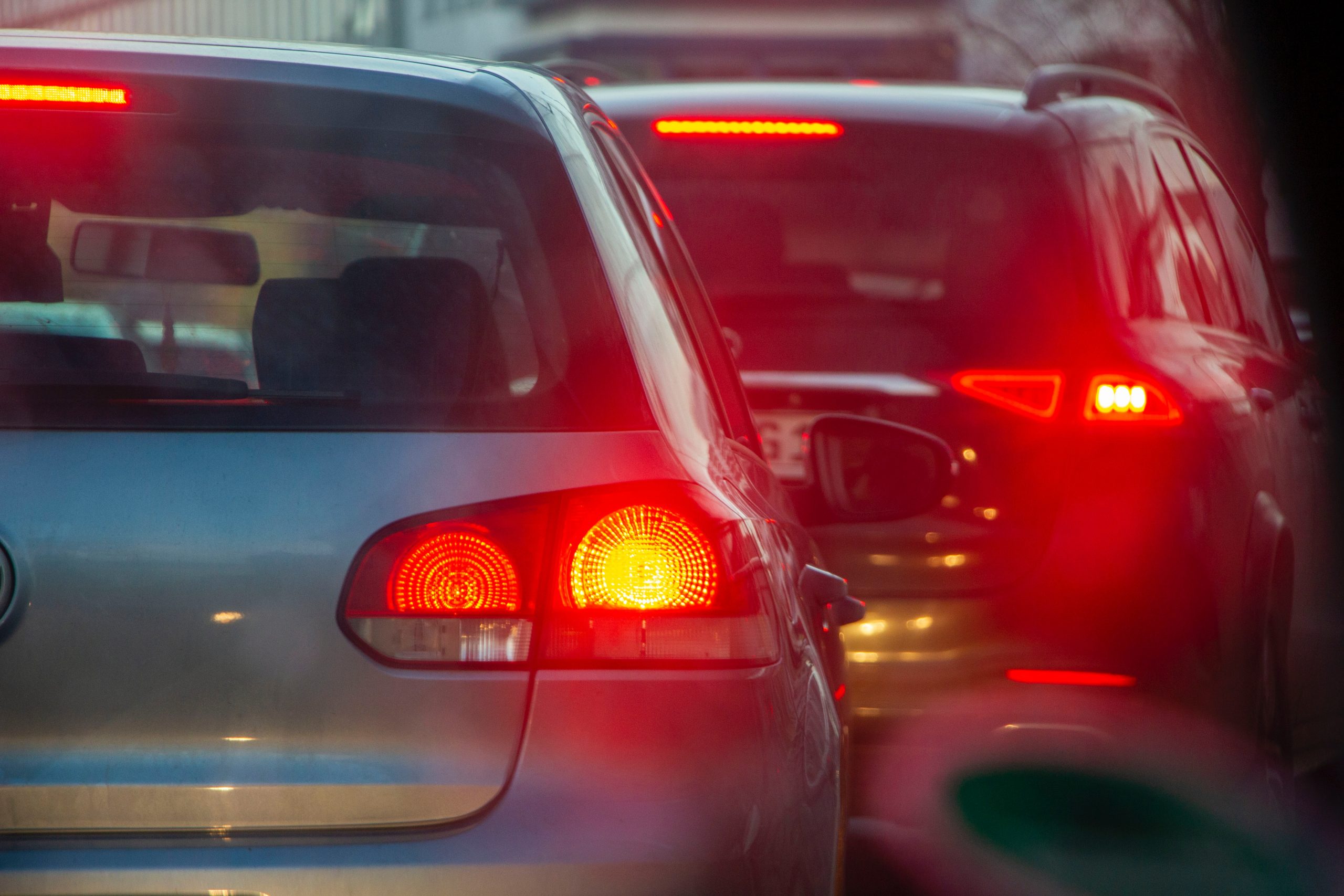Time-Driven Traffic Insights: A Deep Dive into Transportation Data
Oh boy, time to dive into another crazy data science adventure! This time, we’re tackling the chaotic realm of traffic in good ol’ Washington, D.C. Brace yourself for the daily battle against bumper-to-bumper madness and the heart-stopping dance of merging lanes. As a brave commuter, I’ve had enough of this madness and I refuse to succumb to its soul-sucking ways. My mission: to outsmart the traffic gods and find that sweet spot of minimum congestion and maximum savings. Picture the infamous interchange of northbound I-95 Express Lanes and the 495 Inner Loop Express Lane as our arch-nemesis, and we, the fearless data scientists, are here to give it a taste of its own medicine. Buckle up, my friend, because this is going to be one wild ride!
Although time series analysis is a major component of this project, several opportunities exist to use multiple analytic techniques to include:
- Spatial Analysis: This involves analyzing the spatial distribution of traffic congestion. Geographic Information Systems (GIS) can be used to visualize traffic patterns on maps and identify congestion hotspots.
- Machine Learning: Beyond time series analysis, various machine learning techniques can be applied for traffic prediction and congestion analysis. These include regression models, clustering algorithms, and neural networks.
- Network Analysis: This method focuses on the structure of transportation networks. It can be used to analyze road connectivity, identify bottlenecks, and optimize traffic flow.
- Simulation Modeling: Traffic simulation models like microsimulation or agent-based modeling can be used to simulate and analyze traffic behavior under different scenarios. This is particularly useful for studying the impact of infrastructure changes.
- Statistical Analysis: Traditional statistical methods can be employed to analyze relationships between traffic congestion and various factors such as weather, time of day, or road type.
- Deep Learning: Deep learning techniques, such as Convolutional Neural Networks (CNNs), can be applied to analyze traffic camera images or video feeds for real-time congestion detection.
- Optimization Models: Mathematical optimization models can be used to optimize traffic signal timings, route planning, and congestion mitigation strategies.
- Behavioral Analysis: Understanding driver behavior and decision-making processes can be crucial for predicting and managing congestion. Behavioral analysis methods, such as choice modeling, can be applied.
